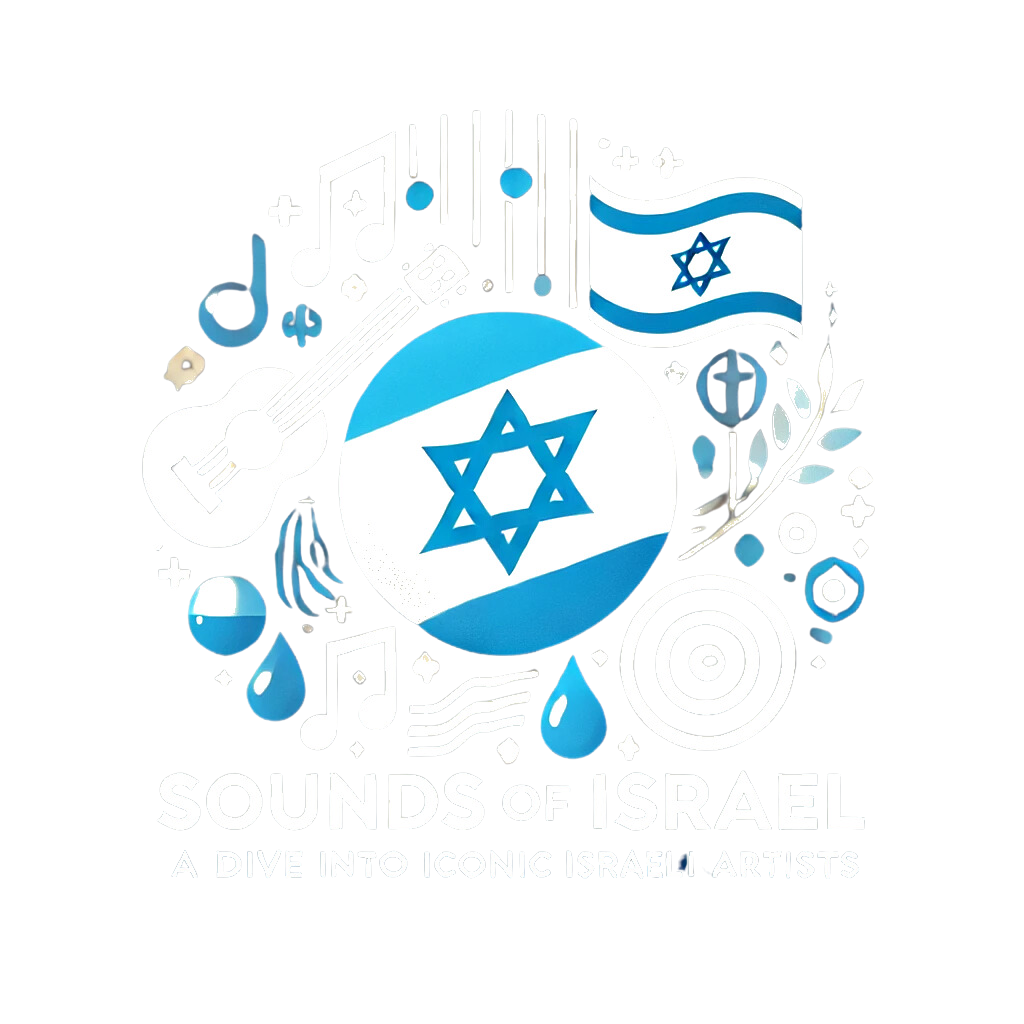Sounds Of Israel
A Dive into Iconic Israeli Artists.
Welcome to Sounds of Israel – your gateway to the rich and vibrant world of Israeli music.
Here, you’ll discover the stories, the sounds, and the legacies of Israel’s most influential artists, from the pioneers of the 60s to today’s biggest stars.
Every Sunday, we release a new podcast episode, offering a deep dive into the music and lives behind the melodies that have shaped the nation.
Be sure to explore our Artists page and visit our blog for even more insights into Israel’s diverse and dynamic music scene.
Stay tuned and enjoy the journey!
The Evolution of Israeli Music: From Tradition to Modernity
Israeli music is a unique blend of cultures, history, and influences from around the world, reflecting the diverse population of the country. Its roots trace back to the early 20th century when waves of Jewish immigrants arrived in Israel, bringing with them folk traditions from Europe, North Africa, the Middle East, and beyond. These early influences helped shape the foundations of Israeli music, which evolved into a genre that is both distinctly local and globally resonant.
Early Days: Folk and National Identity
In the early years of the state of Israel, music played a crucial role in shaping national identity. Songs often carried patriotic themes and were used to express the challenges and aspirations of the new country. Artists like Naomi Shemer emerged during this time, creating timeless classics like “Yerushalayim Shel Zahav” (Jerusalem of Gold), a song that became an anthem of Israeli pride.
The kibbutz movement and early pioneers also contributed to the development of Israeli folk music. Singers and songwriters incorporated local themes and melodies, drawing from both Ashkenazi (European Jewish) and Mizrahi (Middle Eastern Jewish) traditions. These early works laid the foundation for the Israeli music scene.
The Rise of Israeli Rock and Pop
In the 1960s and 70s, Israeli music began to evolve, embracing new genres like rock and pop. Influenced by Western music, artists like Arik Einstein and Shalom Hanoch introduced Israeli audiences to rock music, blending Hebrew lyrics with modern sounds. Bands such as Kaveret and Tammuz became symbols of Israeli youth culture, bringing a fresh energy to the music scene.
This era also saw the rise of more introspective and socially conscious songwriting. Themes of personal struggle, love, and political commentary began to permeate Israeli music, reflecting the changing landscape of Israeli society.
Mizrahi Music and Cultural Fusion
One of the most important developments in Israeli music came with the rise of Mizrahi (Eastern) music in the late 1970s and 1980s. Artists like Zohar Argov and Sarit Hadad brought Middle Eastern melodies and rhythms to mainstream Israeli audiences, creating a new fusion of pop and traditional sounds. Mizrahi music incorporated influences from Arabic, Greek, Turkish, and North African music, and its popularity signaled a broader acceptance of Israel’s diverse cultural makeup.
Today, Mizrahi music is a dominant force in Israeli pop culture, and artists like Eyal Golan and Omer Adam are household names.
Modern Day and Global Success
In the 21st century, Israeli music has continued to expand and innovate. Genres like electronic music, hip-hop, and indie rock have found a place in the country’s rich musical landscape. Global platforms like Spotify and YouTube have helped Israeli artists reach international audiences. Artists like Netta Barzilai, who won Eurovision in 2018 with her hit song “Toy,” have become international sensations.
The Israeli music scene remains vibrant and diverse, with new artists pushing boundaries while still honoring the country’s musical heritage. Today, Israeli music reflects the country’s cultural diversity, blending traditional elements with contemporary styles to create a sound that is uniquely its own.
